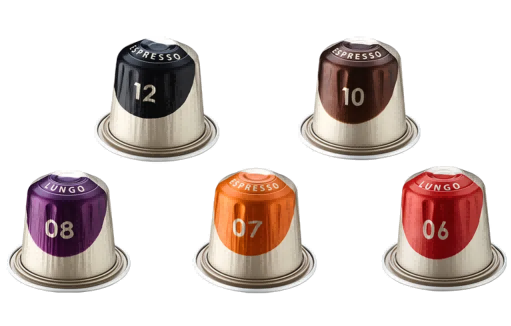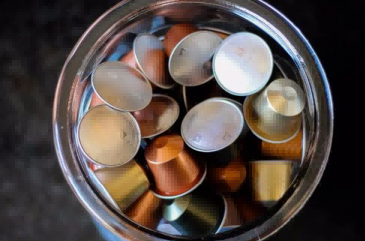Coffee capsule packaging is crucial not only for preserving the freshness and flavor of the product but also for influencing the user experience and brand image. Understanding the packaging process of coffee capsules is essential for ensuring product quality and market competitiveness. Below, we will explore the various stages involved in the production of coffee capsule packaging.
Material Selection
The first step in making coffee capsule packaging is selecting the right materials. Common materials include:
– Aluminum Foil: Chosen for its excellent barrier properties, aluminum foil effectively prevents gas and moisture from entering, keeping the coffee fresh and aromatic. Its reflective quality also enhances the visual appeal of the packaging.
– Plastic: Some capsules may use specialized types of plastic, especially for inner layers to prevent coffee oils from leaking and to maintain a dry environment.
– Paper Materials: Some brands opt for recyclable paper materials for outer packaging to enhance their eco-friendly image.
Design of Coffee Capsule
Packaging design involves both aesthetic and functional considerations:
– Visual Design: Colors, patterns, and fonts are chosen to align with the brand identity, ensuring the product stands out on the shelf. Market trends and consumer preferences are taken into account during the design process.
– Functional Design: Features like easy-open tabs and moisture barriers are created to ensure practicality and user convenience. For instance, an easy-tear design allows consumers to open the capsules without damaging them.

Cutting and Shaping
This stage involves cutting materials into the required shapes and sizes:
– Cutting Techniques: Using methods such as laser cutting or die stamping, the aluminum foil or other materials are cut into pieces for the capsule base, top, and sealing film. High precision is required to ensure that all components fit perfectly.
– Shaping: The cut materials undergo forming processes, such as thermoforming or mold pressing, to create a container suitable for holding coffee. Consistent shape and size are crucial at this stage.
Filling and Sealing
During the filling process, maintaining hygiene and dryness is essential:
– Coffee Filling: Specialized equipment fills the capsules with pre-measured coffee grounds. Different types of coffee may require adjustments in volume and compression to ensure optimal extraction.
– Sealing: After filling, the capsules are sealed using heat or cold sealing techniques, ensuring that the top and bottom are tightly bonded to prevent outside air from entering while maintaining internal pressure.
Inspection and Quality Control
Quality control is critical to ensuring that products meet standards:
– Inspection Steps: Before and after packaging, automated detection equipment checks the capsules for seal integrity, visual defects, and fill levels, ensuring each capsule meets high-quality standards before leaving the facility.
– Standardization: Random sampling from each production batch is conducted to ensure consistency and stability during the manufacturing process.
Final Packaging
Qualified coffee capsules are grouped and prepared for final packaging:
– Sorting and Organizing: Capsules are sorted according to set quantities, often in groups of 24, 36, or 50, to facilitate sales and usage. Care is taken to ensure packaging is tidy to prevent damage during transport.

Labeling and Information Disclosure
Labels are applied to the outer packaging, providing essential information:
– Label Content: Labels typically include the product name, ingredient list, production date, and expiry date. Information must be clear and concise so consumers can quickly understand the product.
– Barcodes and QR Codes: Many brands include barcodes or QR codes on the labels for retail management and to allow customers to scan for more product information.
Sorting and Shipping
Finally, the packaged coffee capsules are prepared for shipment:
– Sorting Process: Based on order requirements, products are sorted to designated shipping areas to ensure timely dispatch for each order.
– Final Inspection: Before shipping, a final check ensures that each batch meets required quantity and quality standards. This process effectively reduces errors and customer complaints.
Sonuç
The coffee capsule packaging process involves multiple stages, from material selection to design, forming, filling, inspection, and shipping. Each step aims to preserve the flavor and quality of the coffee while enhancing consumer experience. As technology evolves, packaging processes are continually innovating, promising exciting developments for the coffee consumption market in the future.


